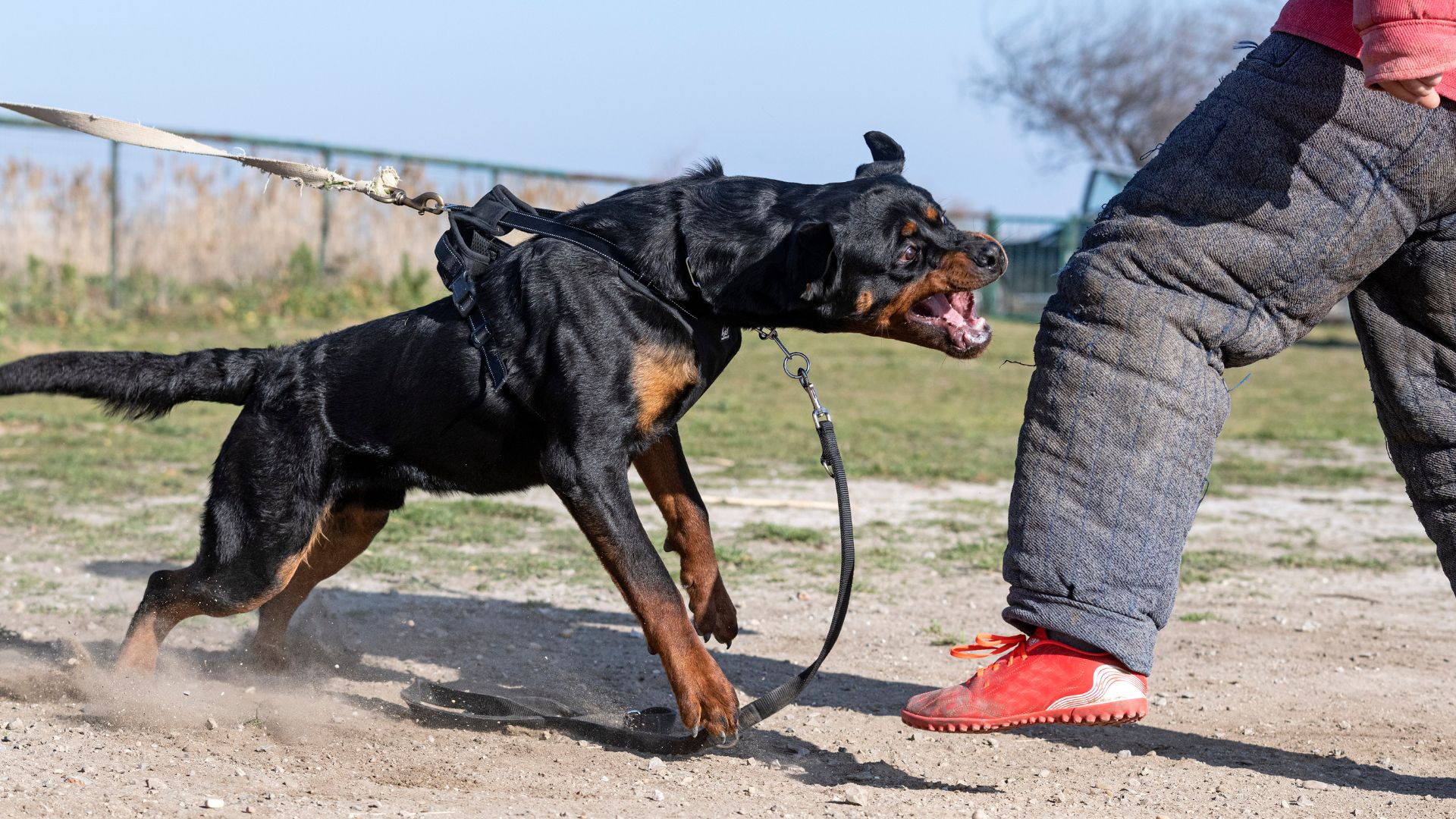When choosing the right dog for your household, temperament is just as important as size, appearance, or energy level. One of the most common concerns among prospective owners is aggression—and for good reason.
An aggressive dog can pose challenges not only for family members but also for visitors, neighbors, and even other pets. Understanding which breeds may be more prone to aggressive tendencies is essential before making a lifelong commitment.
It’s important to recognize that aggression isn’t a simple trait tied only to breed. Factors such as genetics, early training, socialization, environment, and exercise all play crucial roles in shaping a dog’s behavior. However, certain breeds were historically bred for guarding, hunting, or fighting, which means they can carry instincts that, if not properly managed, may develop into aggression.
In this article, we’ll look at breeds statistically and experientially linked with higher risks of biting or displaying aggressive behavior. This information isn’t meant to stigmatize these dogs but to provide guidance, helping future owners make safe and informed decisions.
Dog Breeds to Avoid Due to Their Aggressive Nature
1. Pit Bull Terrier
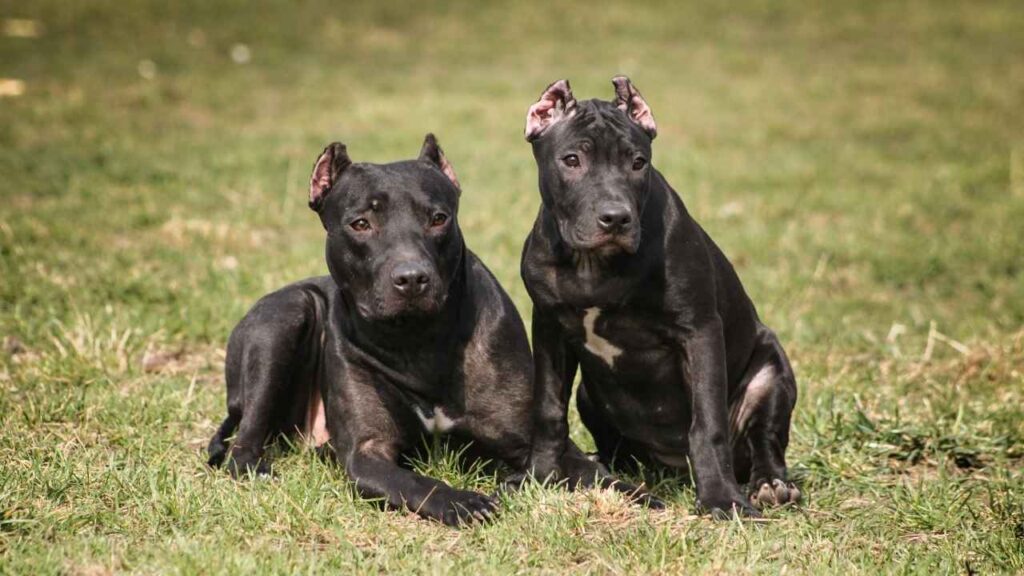
The American Pit Bull Terrier (APBT), also known simply as “Pit Bull,” is a medium-sized, short-coated breed with deep roots in England. Recognized by the United Kennel Club (UKC) and the American Dog Breeders Association (ADBA), but not by the American Kennel Club, it is closely related to the Staffordshire Bull Terrier, yet larger in both height and weight.
AKC says the American Staffordshire Terrier is intelligent and confident. Muscular and athletic, this dog is easily identified by its broad head, almond-shaped eyes, and smooth, glossy coat that appears in many colors.
Although loved by some as loyal companions, Pit Bulls are surrounded by controversy. Their history as fighting and guard dogs has contributed to a reputation that often overshadows their affectionate side. They are powerful, determined, and boast an impressive bite force, qualities that, if poorly managed, can make them unpredictable.
Why does this breed raise safety concerns? Centuries of selective breeding encouraged traits like high prey drive, reactivity, and intense physical strength. These features can, in the wrong hands, translate into dangerous behavior. Today, Pit Bulls remain among the most common participants in illegal dog fighting, which only reinforces the perception of aggression.
Another issue lies in ownership. With inexperienced or irresponsible handlers, these dogs can develop territorial tendencies and aggression toward other animals or people. Their strength makes them difficult to control once aroused, posing risks in households unprepared for such challenges.
These risks have led to breed-specific legislation worldwide. Pit Bull Terriers face bans or restrictions in countries such as the UK, Canada (Ontario), and parts of the United States.
2. Rottweiler
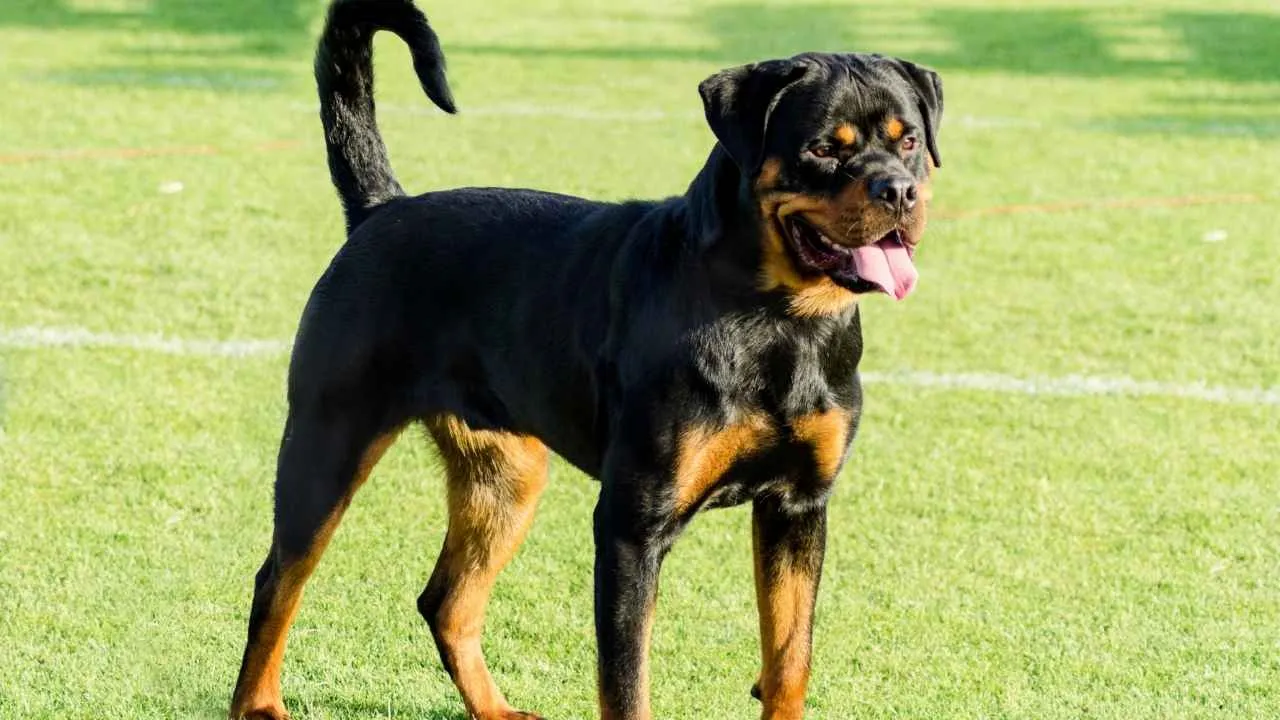
Also known simply as the Rottie, the Rottweiler is a powerful working breed with deep roots in Germany. Originally bred for herding cattle and pulling carts, they’ve long been admired for their strength, loyalty, and endurance.
WebMD says male Rottweilers typically stand 24 to 27 inches tall at the shoulders or withers, while females are slightly smaller, usually between 22 and 25 inches. Their muscular frame, confident stance, and alert expression have made them one of the most recognizable guard dogs worldwide.
What sets Rottweilers apart is their strong protective instinct. Bred as natural guardians, they are deeply territorial and can quickly interpret unfamiliar people or animals as threats. This defensive nature is often celebrated by experienced handlers but can pose serious risks in the wrong environment.
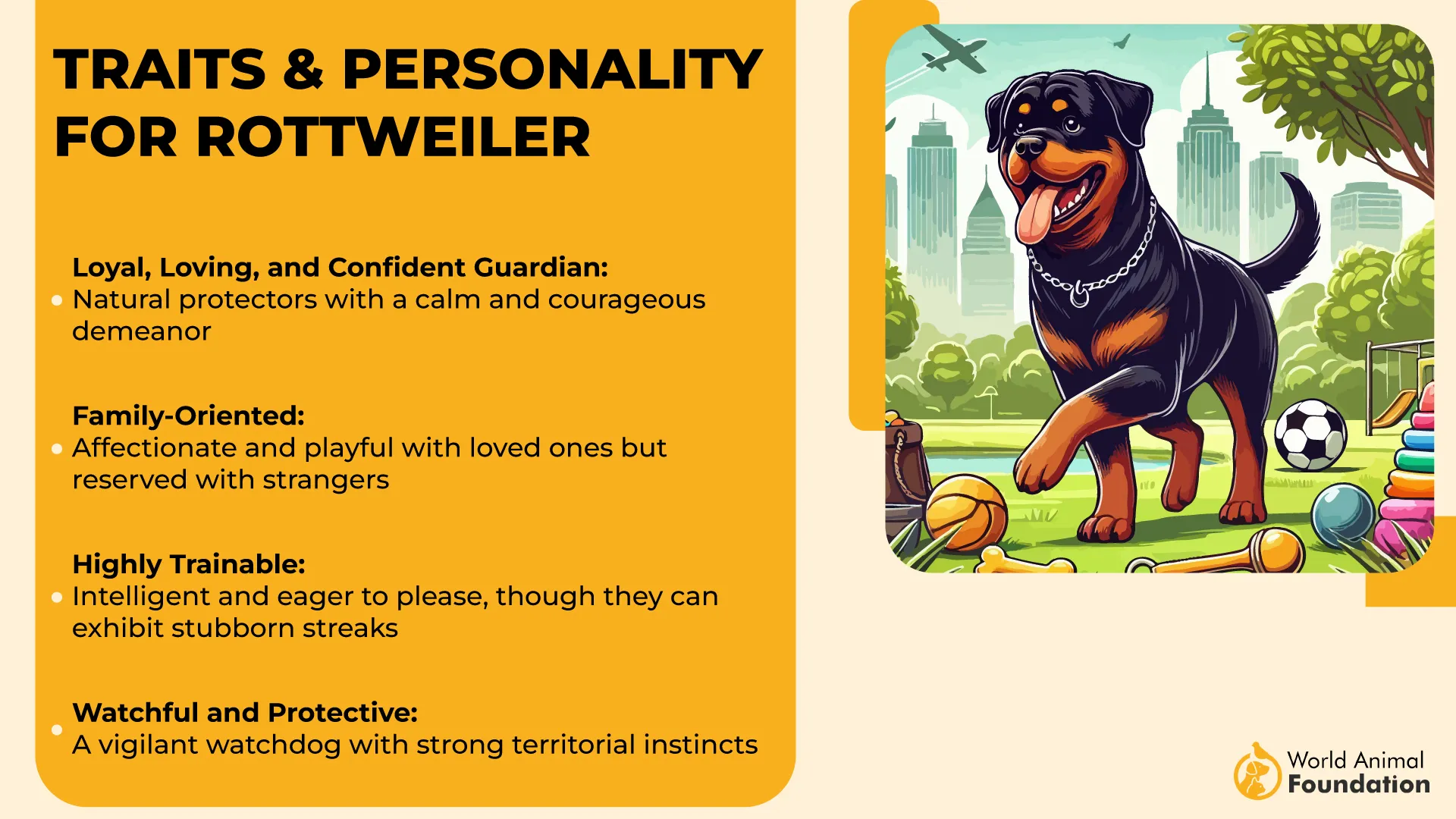
Statistically, Rottweilers account for roughly 10 percent of fatal dog attacks in the U.S., making them one of the most dangerous breeds when aggression surfaces. Their sheer bite force, combined with a large body, means that incidents can cause severe injury.
Rottweilers are also known for their high prey drive, which adds another layer of risk when poorly trained or insufficiently socialized. Improper handling or lack of firm, consistent training can encourage aggressive tendencies.
Despite their intelligence and loyalty, Rottweilers require owners with significant experience handling strong, dominant breeds. Without proper structure, exercise, and boundaries, their protective instincts can escalate into dangerous behavior.
Fact: While fiercely loyal to their families, Rottweilers have been listed among the top three breeds most frequently involved in serious attacks, right behind Pit Bulls.
3. Doberman Pinscher
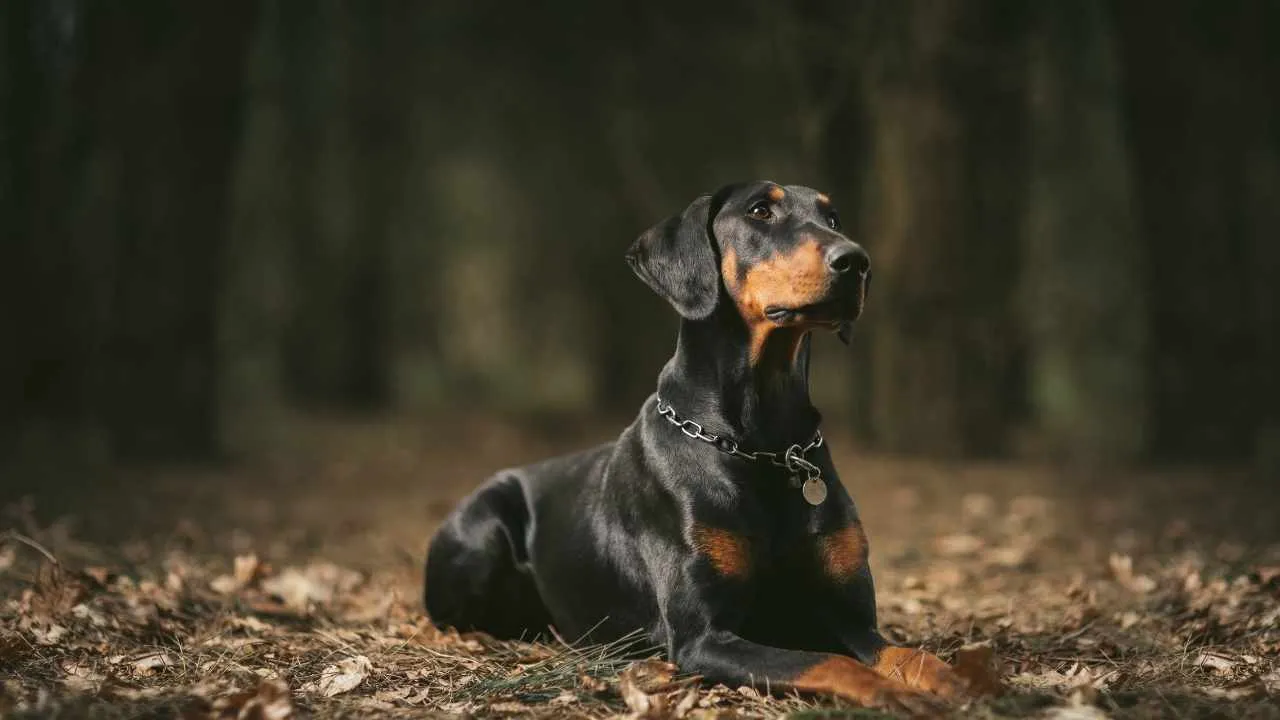
The Doberman Pinscher, also called “Dobie” or “Dobermann,” is a sleek German breed originally developed as a protection dog. Known for their elegance, loyalty, and sharp intelligence, these dogs are often admired for their intimidating appearance and alert nature.
PetMD says the Doberman Pinscher is believed to have first been bred in the late 1800s by Louis Dobermann, a German tax collector. Their athletic bodies and commanding presence make them one of the most recognized working breeds worldwide.
Despite their loyal temperament toward family, Dobermans are often associated with aggression. Their deeply ingrained guarding instincts make them highly protective and wary of strangers. Without consistent training and socialization, this wariness can escalate into territorial or defensive aggression, especially in unfamiliar situations.
Training a Doberman can be challenging, as their intelligence allows them to quickly detect weaknesses in an owner’s leadership. A lack of firm and confident handling may lead them to assume dominance, which can create behavioral problems. For inexperienced owners, this presents a significant challenge.
Adding to the difficulty, Dobermans are highly sensitive animals. They easily pick up on fear, stress, or inconsistency from their handlers, which can reinforce unwanted behaviors. Because of their strength and alertness, improper training can increase the risk of aggressive responses, particularly toward perceived threats.
With a bite force measured at around 600 psi, their capacity for damage during an attack is considerable, making them one of the more dangerous breeds when poorly managed.
4. Chow Chow
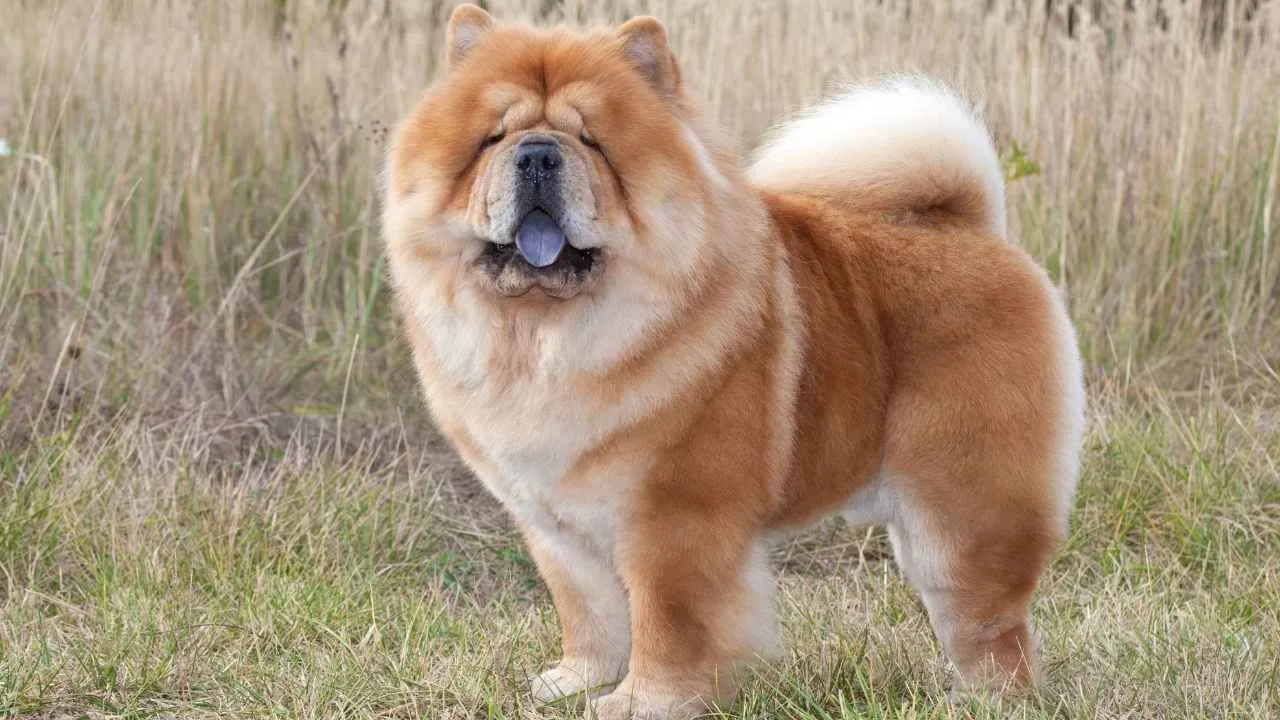
Also known as the “Lion Dog” due to its thick mane-like coat, the Chow Chow is a compact, sturdy breed that originated in China.
With an average weight of 40–90 pounds and a height of 17–22 inches, these dogs were historically used for guarding and hunting, roles that required independence and assertiveness. Their dense double coat gives them a striking, bear-like appearance that often appeals to prospective owners.
Despite their fluffy and almost cuddly look, Chow Chows are well-known for their aloof and sometimes suspicious temperament. They form strong bonds with their families but can be highly territorial. This protectiveness often manifests in aggressive displays such as growling, barking, or snapping when faced with strangers or unfamiliar animals.
For families with children, Chow Chows can present challenges. Their natural instinct to guard, combined with a strong-willed personality, makes them less tolerant of rough handling. Without consistent training and early socialization, they may not react well to the unpredictability of young kids.
Another concern is their tendency to become easily overwhelmed in busy households. Chow Chows are not particularly playful or patient, and sudden movements or loud environments may trigger defensive reactions. This is why they are often recommended for single owners or families with older children who understand boundaries.
While they can adapt to apartment living due to their generally reserved demeanor, the breed requires firm leadership and proper training to manage their strong-willed behavior.
Fun Fact: One of these dignified dogs was a cherished pet of former U.S. President Calvin Coolidge.
5. Dogo Argentino
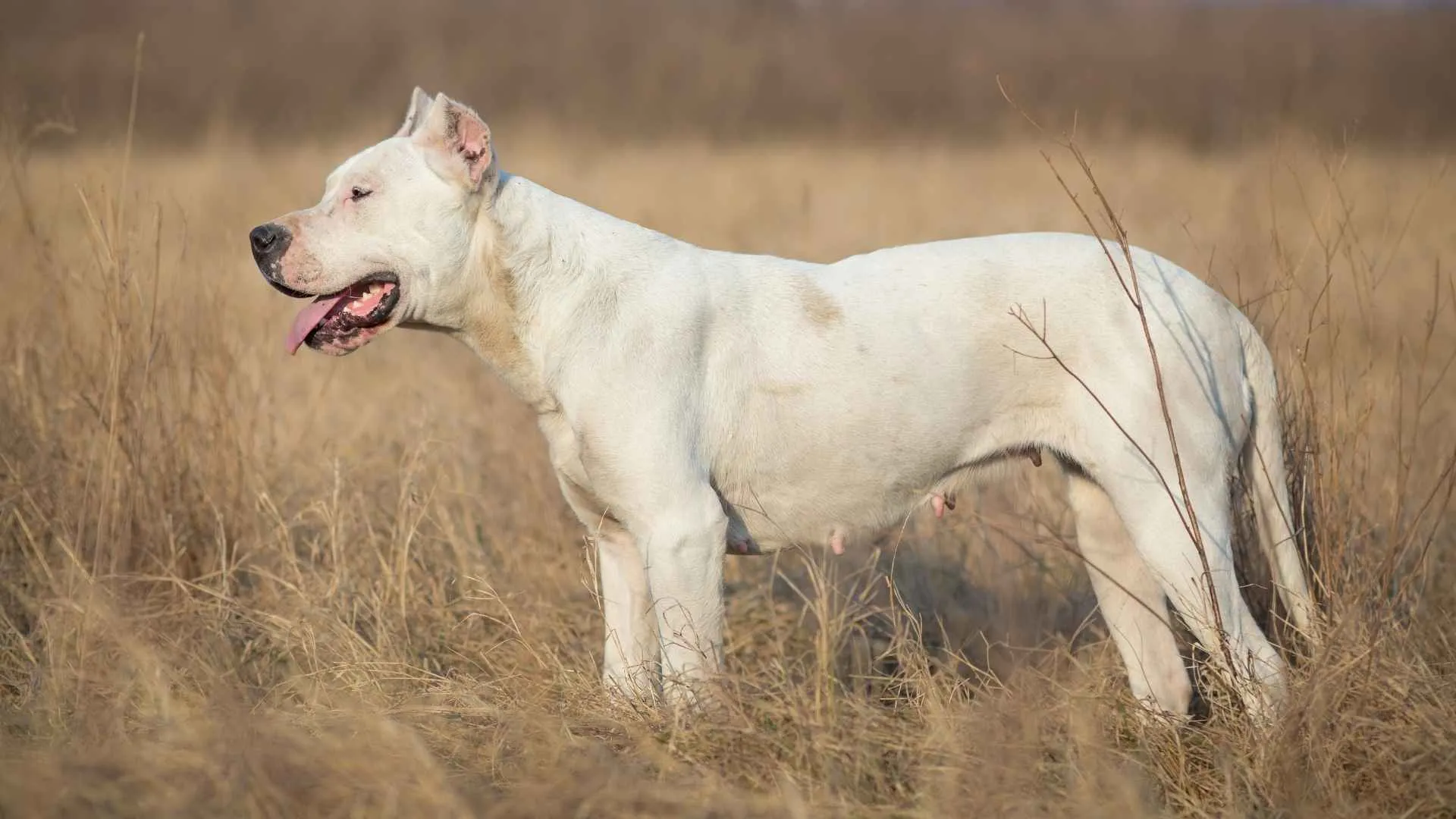
Also known as the Argentine Mastiff, the Dogo Argentino was originally bred in Argentina for hunting large game such as wild boar, mountain lions, and even to defend against predators.
With their muscular build and striking white coat, they are powerful and highly athletic dogs that demand respect from the very start.
Despite their reputation as loyal and protective companions in the right hands, these dogs possess strong prey drives and natural guarding instincts. While they can show deep affection toward their families, their lineage makes them inherently more prone to aggression if not carefully managed.
Families with children or households that already have smaller pets should approach this breed with caution. Their high prey drive makes them unsuitable for homes with cats or small dogs, where accidents could quickly escalate into serious harm.
The Dogo Argentino is not a good match for first-time dog owners. They require consistent training, early socialization, and a firm, experienced handler who understands dominant and territorial breeds. Without strict boundaries, they can develop dangerous behaviors toward strangers or other animals.
Even with the best upbringing, their protective instincts can override training in stressful situations. In fact, the Dogo Argentino is among only five dog breeds banned in the United Kingdom due to safety concerns.
6. Cane Corso
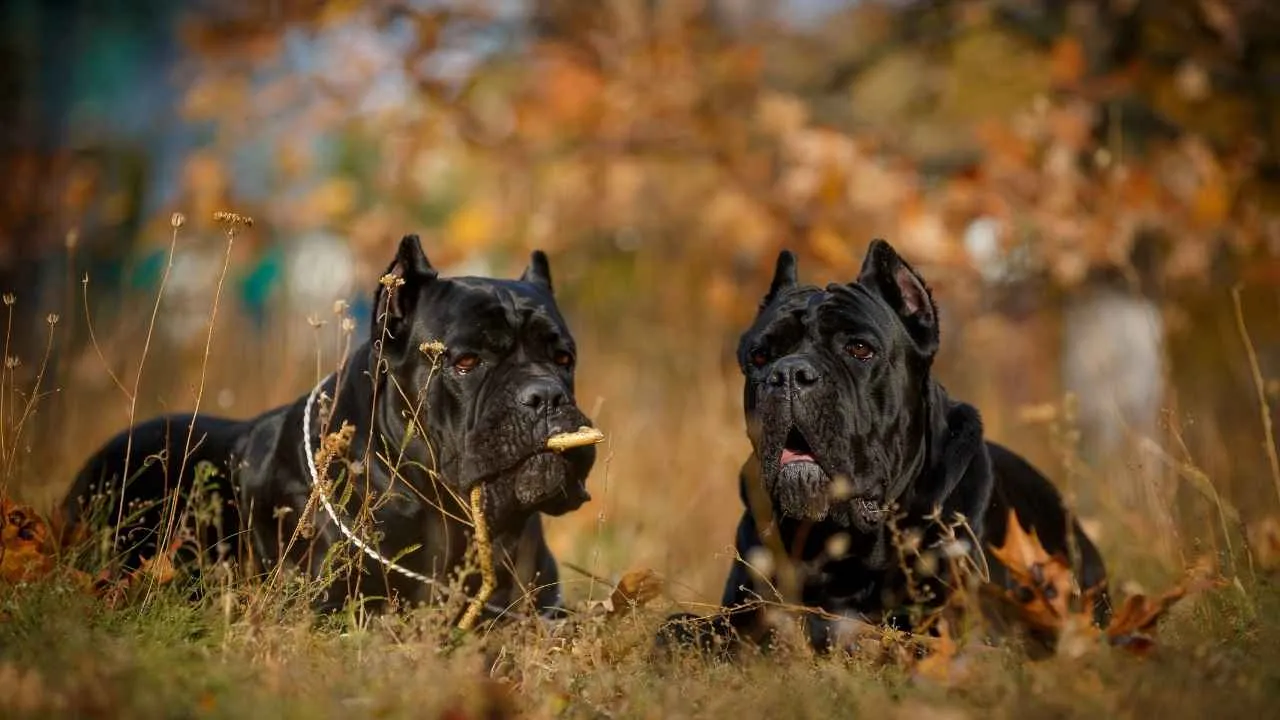
The Cane Corso, also called the Italian Mastiff, is a large and imposing breed with a muscular build and protective instincts. Historically bred in Italy for guarding property and hunting big game, these dogs are known for their powerful frame and commanding presence.
Because of their heritage as working guardians, Cane Corsos can be wary of strangers and highly territorial. Without early and consistent training, this breed may display aggression, especially when it feels its family or home is threatened. Their natural instinct to defend makes them effective watchdogs, but also challenging for inexperienced owners.
Their protective temperament means they require structured environments and confident handling. Families with children or frequent guests may find the Cane Corso’s suspicious nature difficult to manage, as these dogs do not readily warm up to everyone they meet.
For families seeking loyalty without the same intensity, breeds like the Labrador Retriever or Golden Retriever offer a more manageable balance of protectiveness and friendliness. Even the German Shepherd, while protective, is generally easier to train for family life when compared to the Cane Corso.
Interesting fact: Cane Corsos were once nearly extinct in the mid-20th century but were revived in Italy during the 1970s, gaining popularity worldwide as strong guard dogs with deep historical roots.
7. Presa Canario
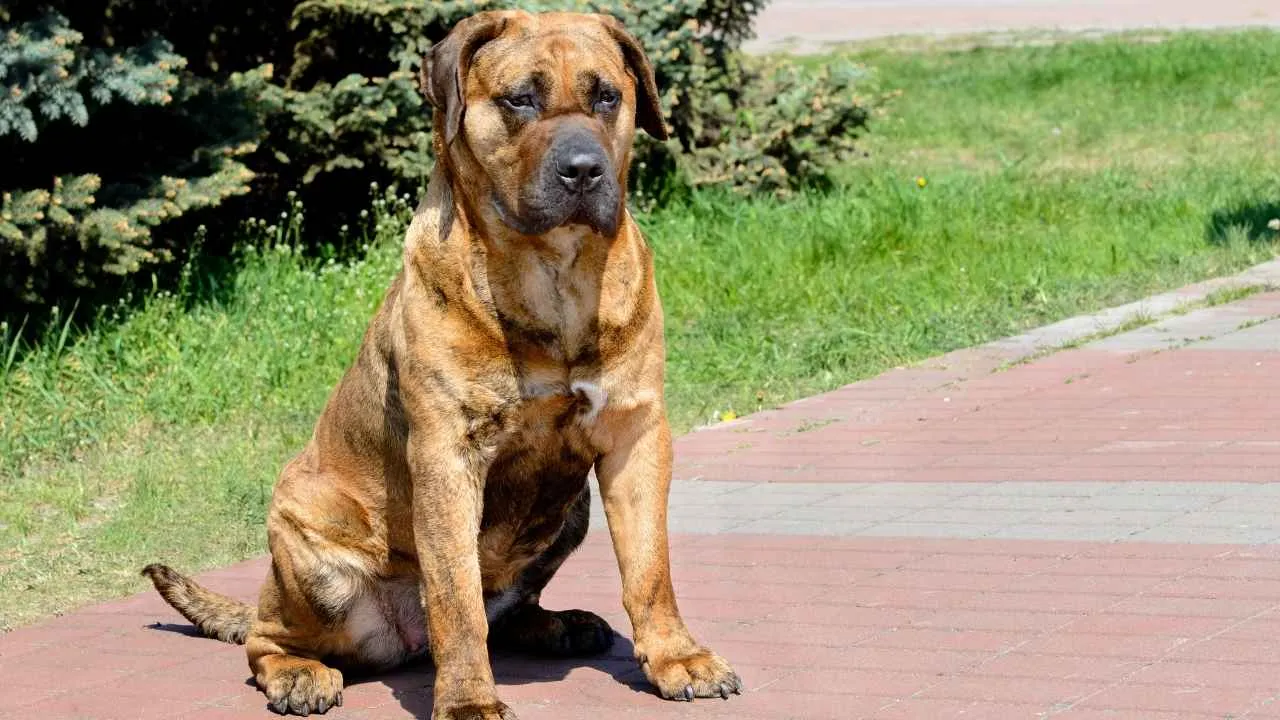
The Presa Canario, also called the Perro de Presa Canario or Canary Mastiff, belongs to the Molosser group, which includes powerful breeds like the English Mastiff and Cane Corso.
Its name translates to “Canary dog of prey,” a reflection of its historical role as a protector of livestock and property. With a muscular build and broad head, this breed carries an intimidating presence that highlights its guarding heritage.
Historically, Presa Canarios were also used in dog fighting until the practice was banned in the Canary Islands during the 1940s. Their lineage as both guard dogs and fighters shaped their temperament, making them naturally territorial and highly distrustful of strangers. While deeply loyal to their families, they are not considered beginner-friendly and demand strong, experienced handling.
Safety concerns with this breed are significant. The Presa Canario’s imposing size and strength mean that even minor lapses in training or socialization can lead to dangerous situations. Their instinct to dominate often translates into aggressive displays, particularly around unfamiliar people or animals.
Genetically predisposed to aggression, they require consistent socialization from an early age, along with firm and knowledgeable guidance. Without proper control, their territorial instincts can escalate into attacks, even within their household. For this reason, they are often listed among the riskiest dogs for inexperienced owners.
A notable fact is that the Presa Canario’s Molosser heritage gives it one of the strongest bite forces among dogs, a trait that adds to the potential severity of any aggressive incident.
Conclusion
When it comes to safety, understanding which breeds may be considered dangerous dog breeds is critical for prospective owners. While certain dog breeds are statistically linked with higher risks of a dog bite or even fatal attacks, it’s important to remember that behavior is shaped by environment and training.
Even among the most dangerous dog breeds, those that are properly socialized and properly trained can live peacefully as family companions. Still, their history as guardians, hunters, or even police dogs means these dogs carry instincts that demand respect and responsibility.
Unlike some domestic dogs or mixed breeds with softer temperaments, an aggressive breed requires an owner willing to commit to proper socialization and lifelong management. Without this, risks rise significantly, not only to the family but also to other dog breeds and people.


